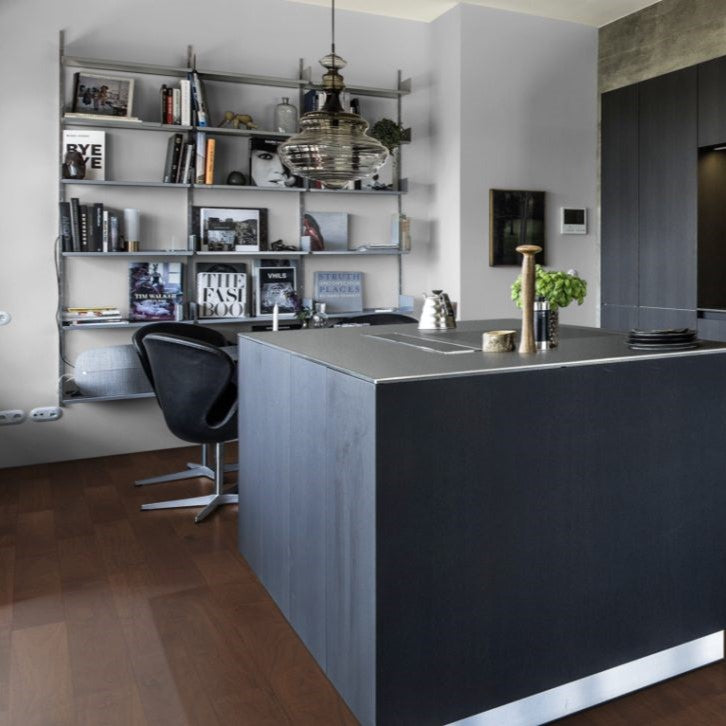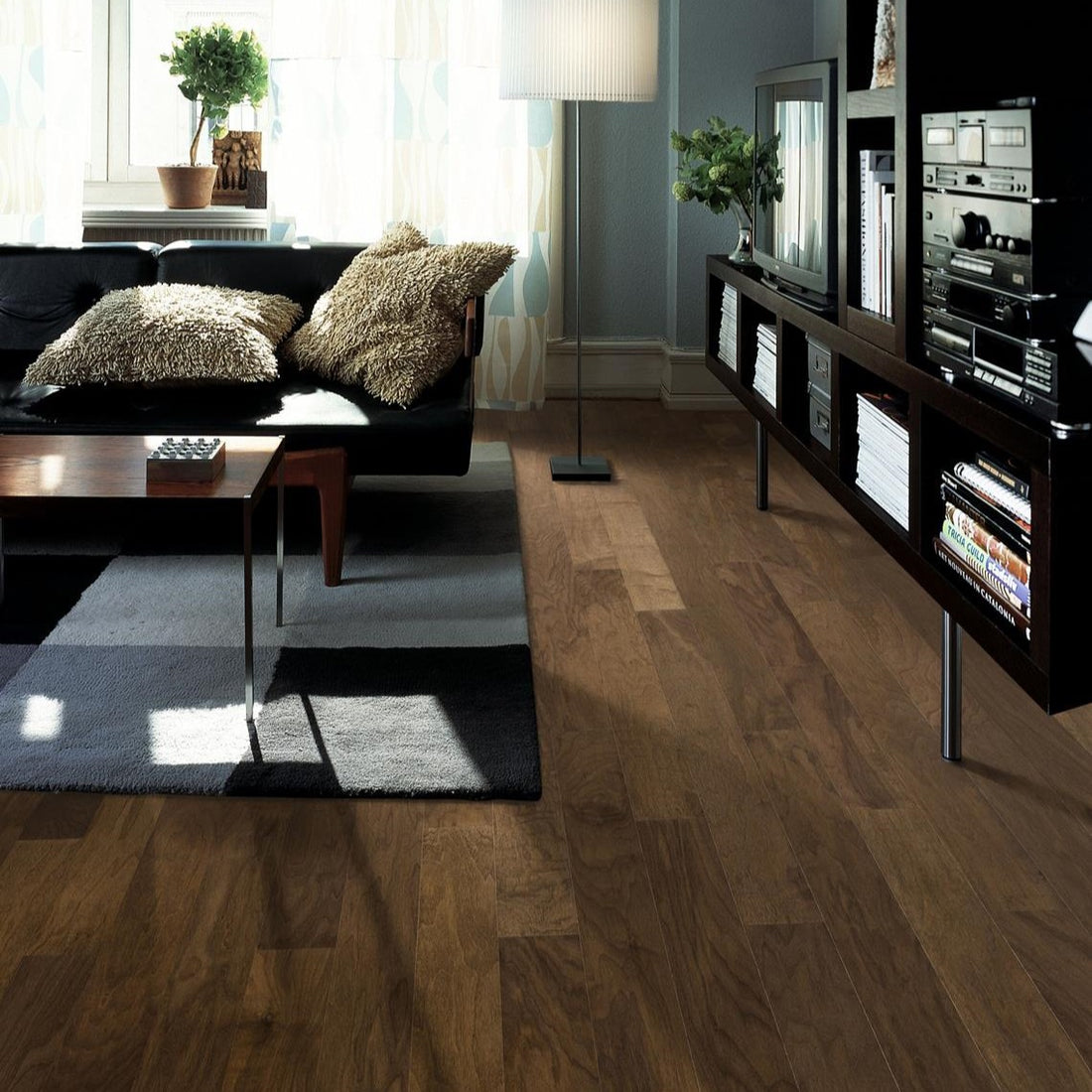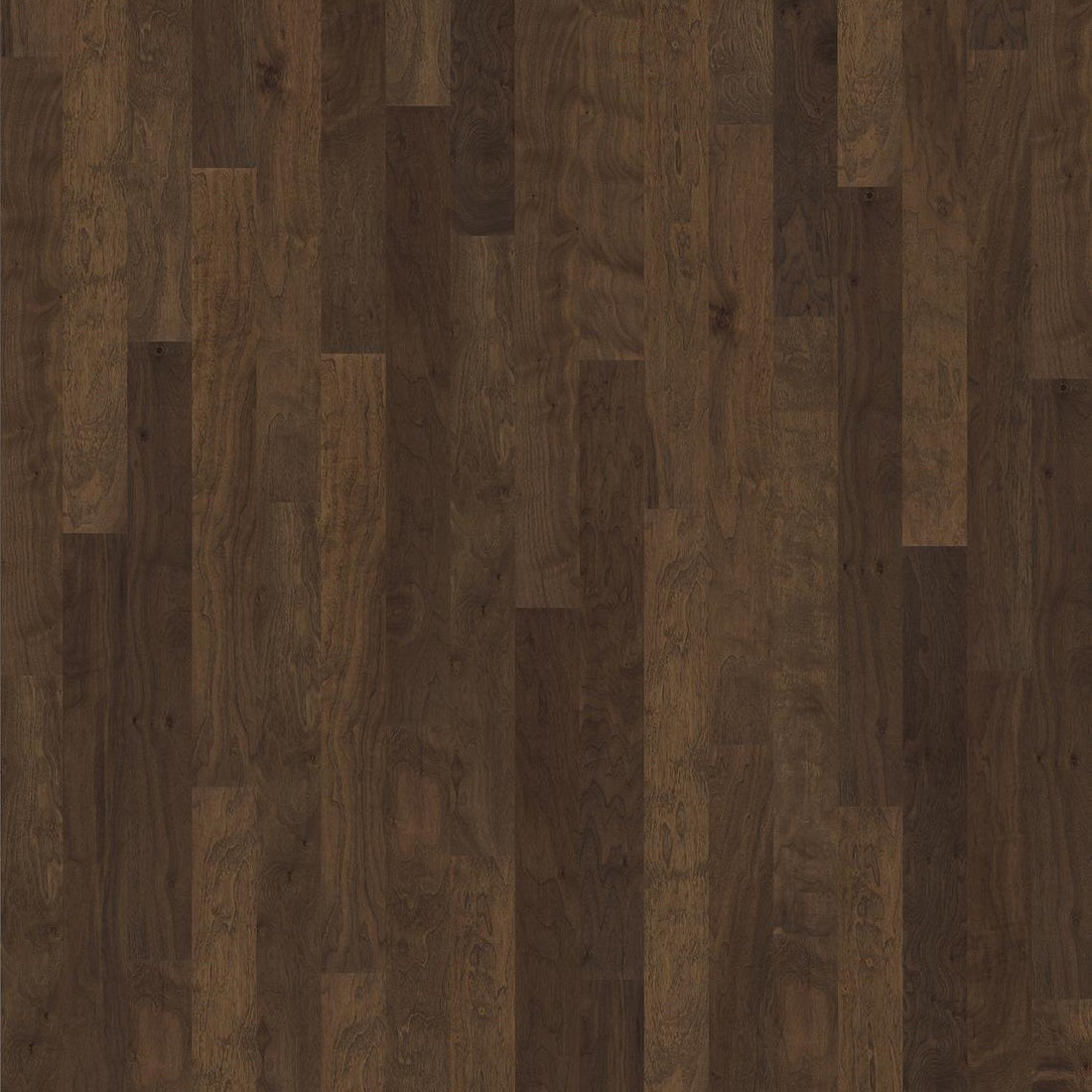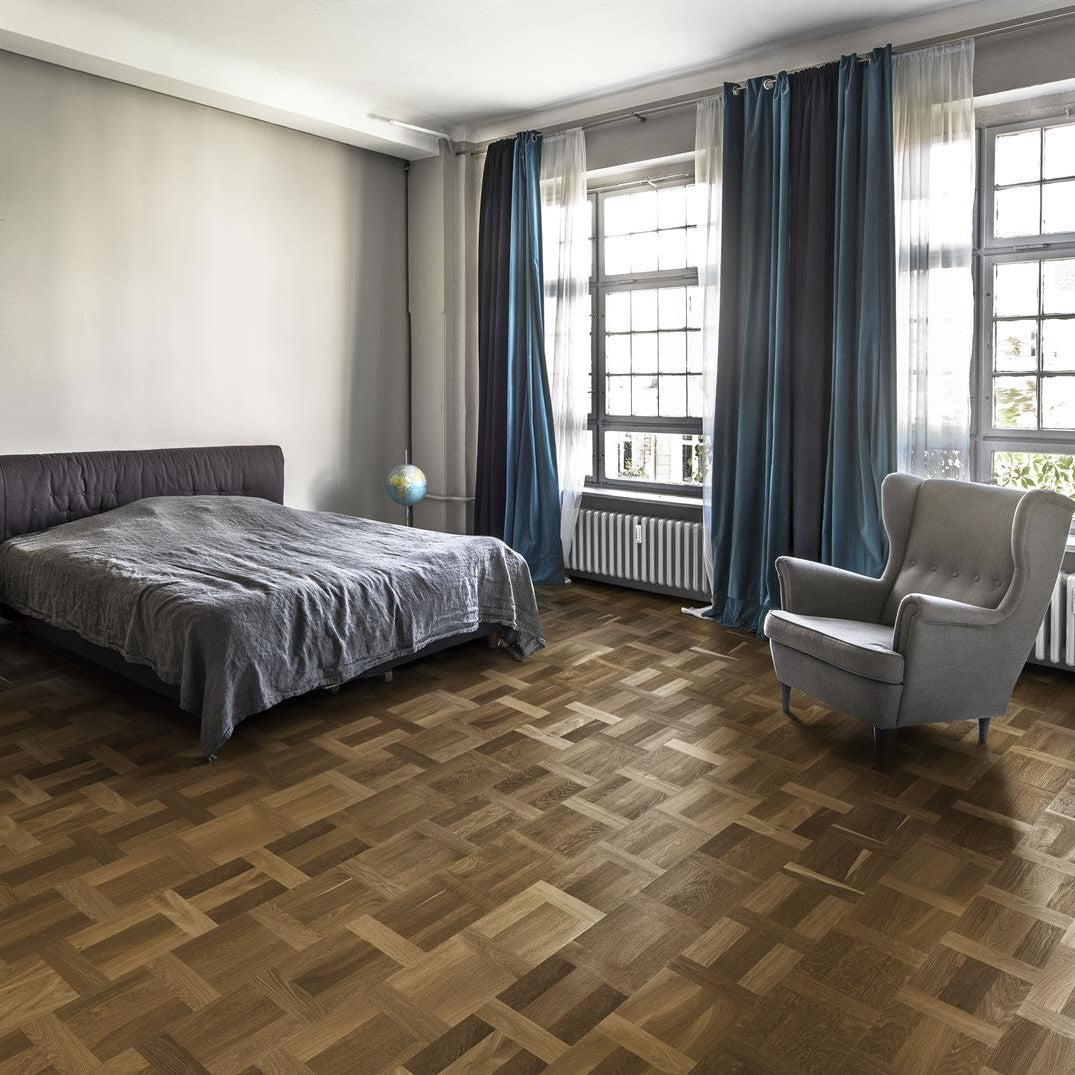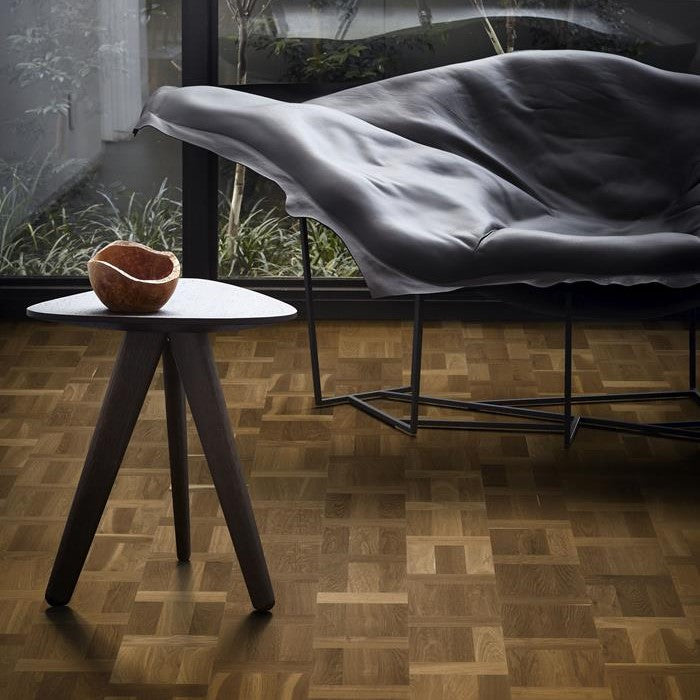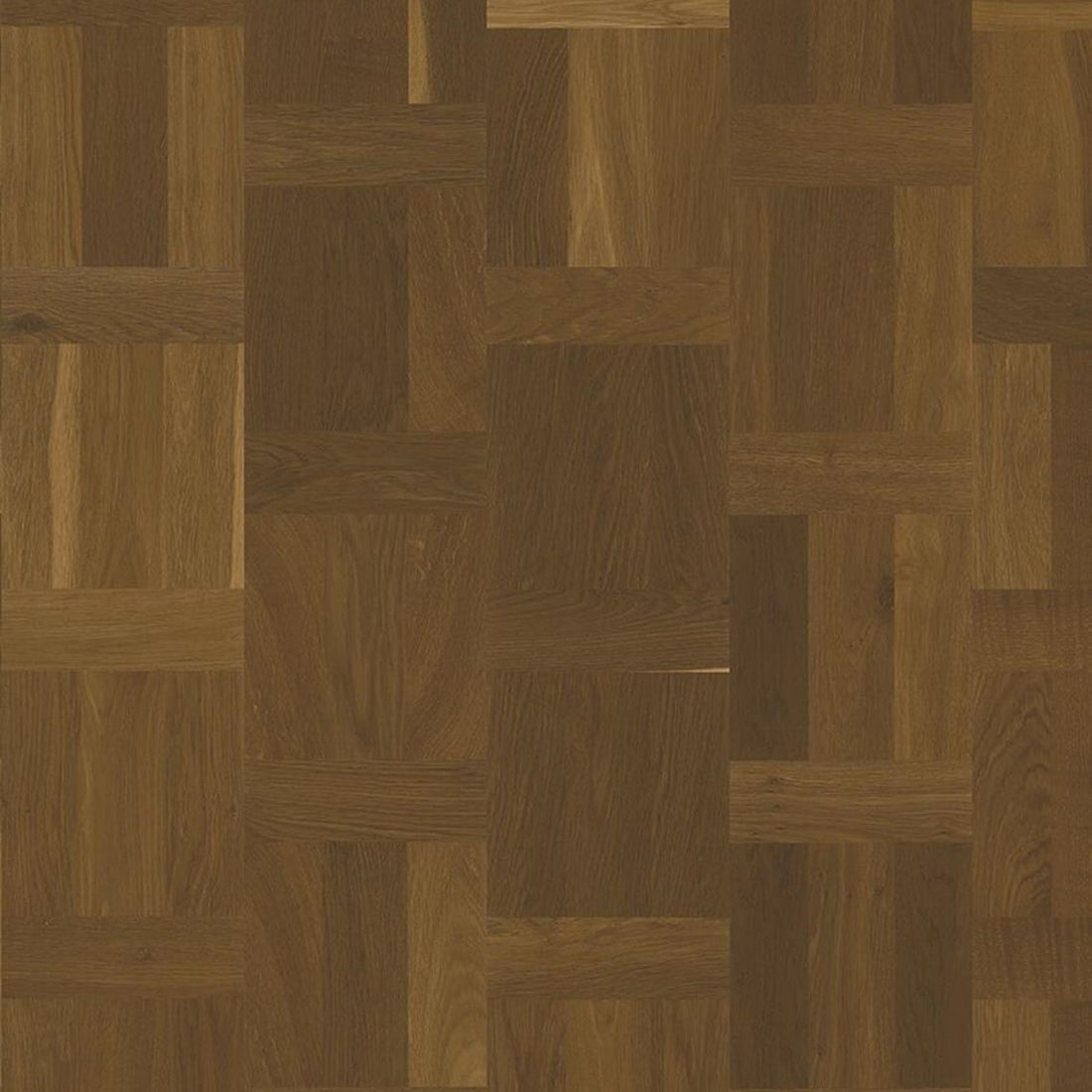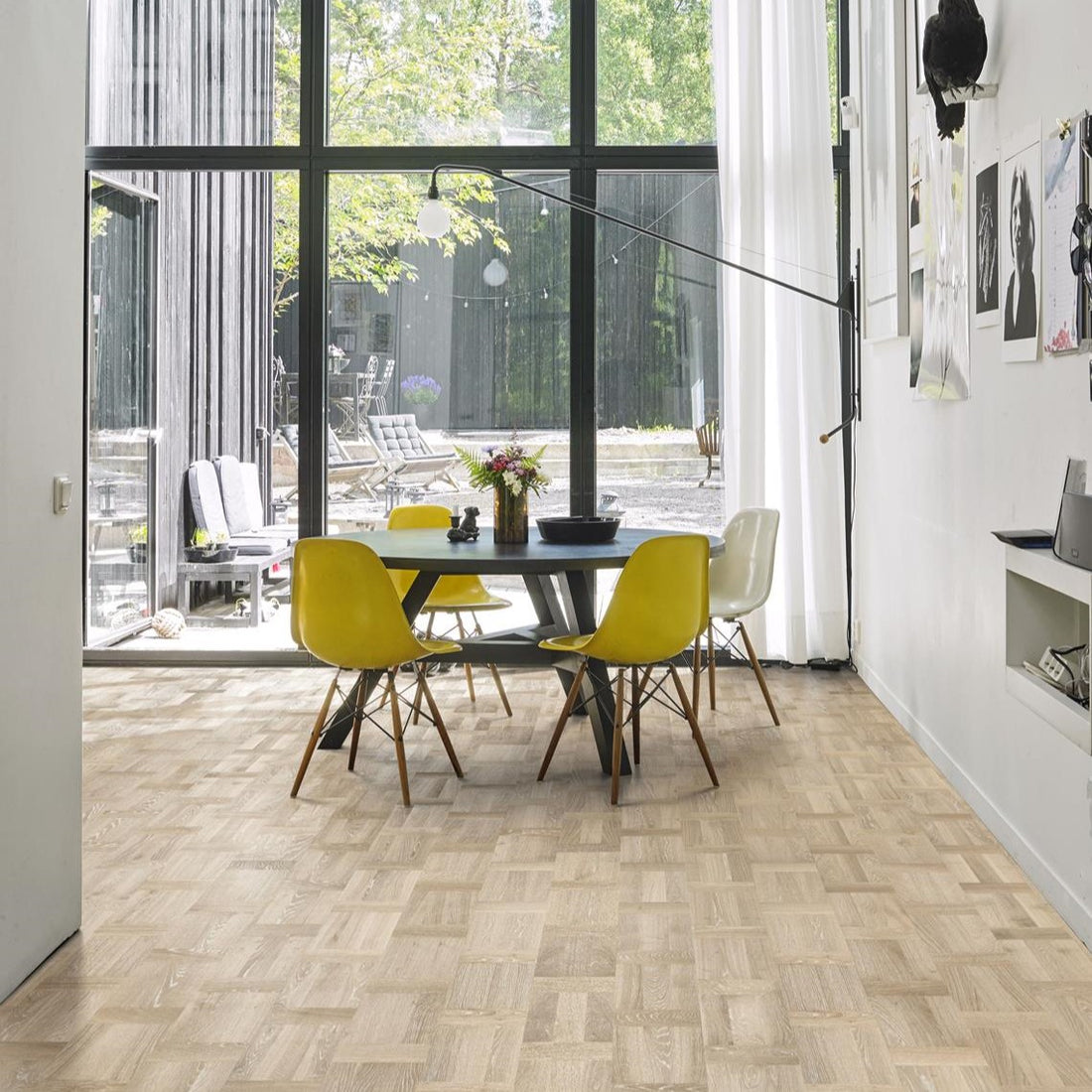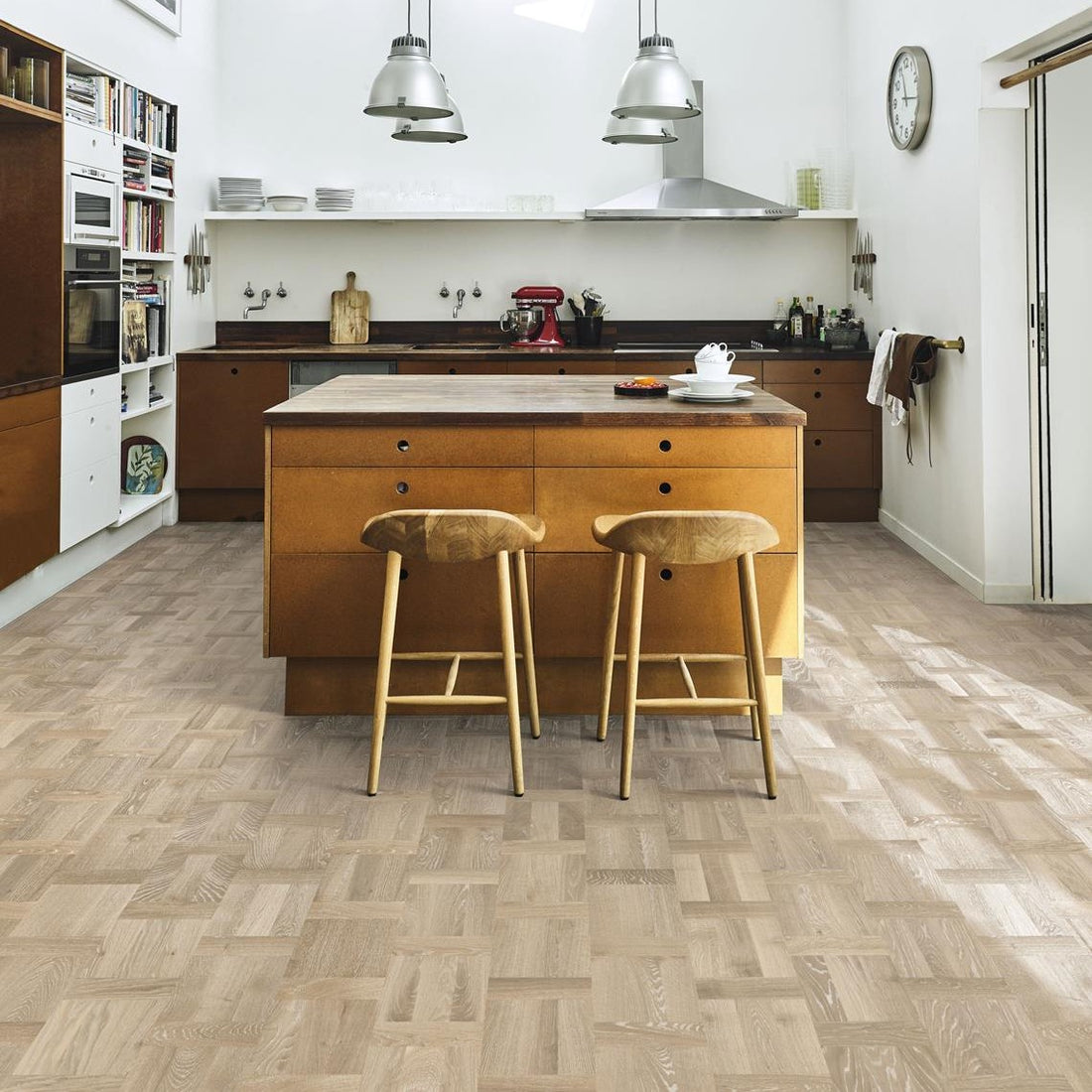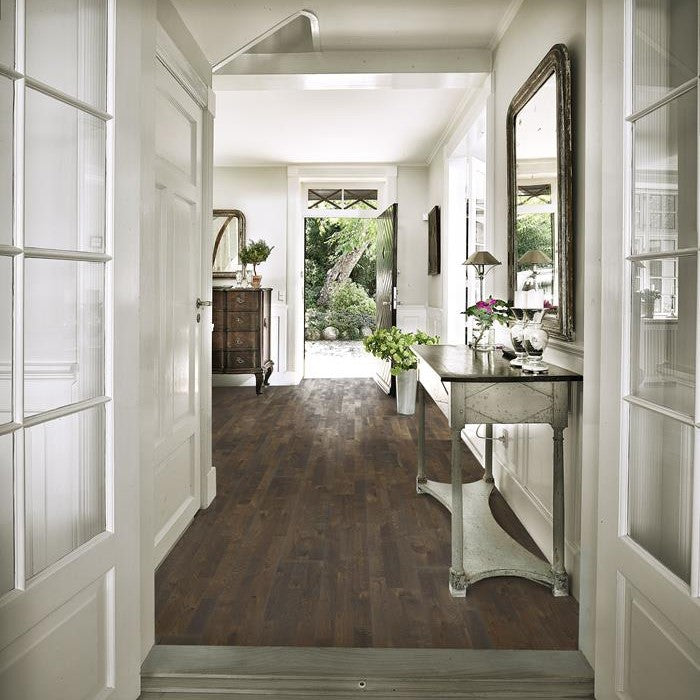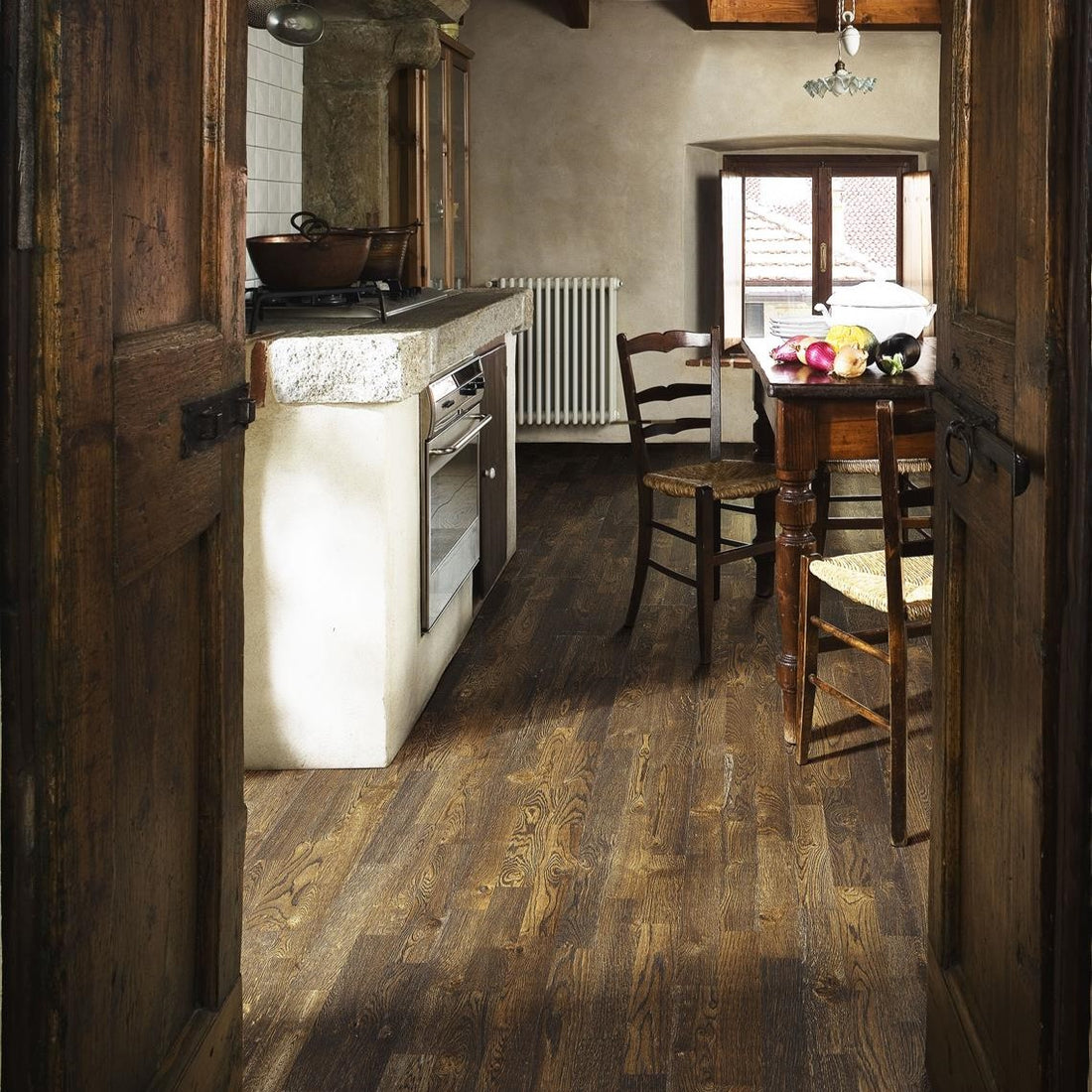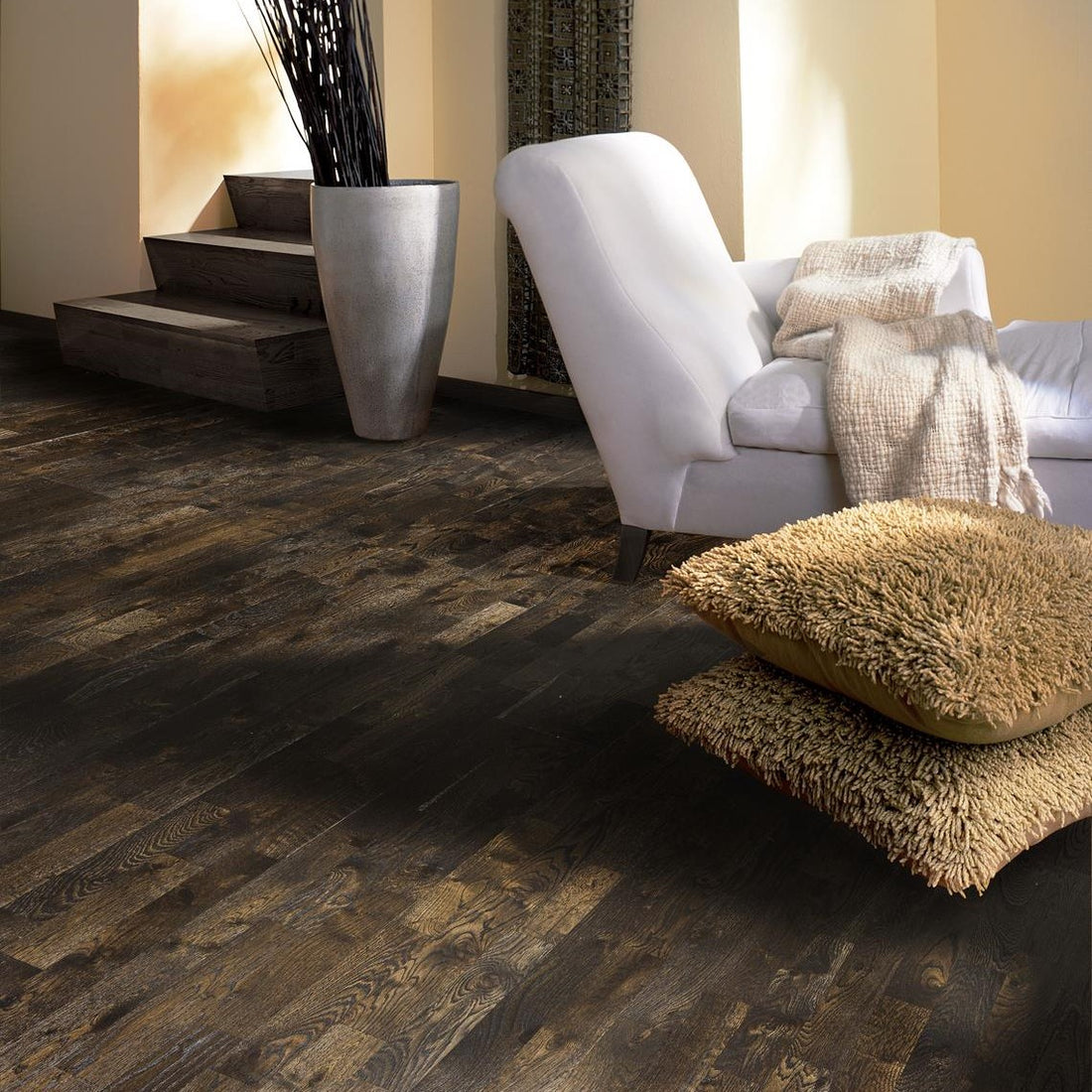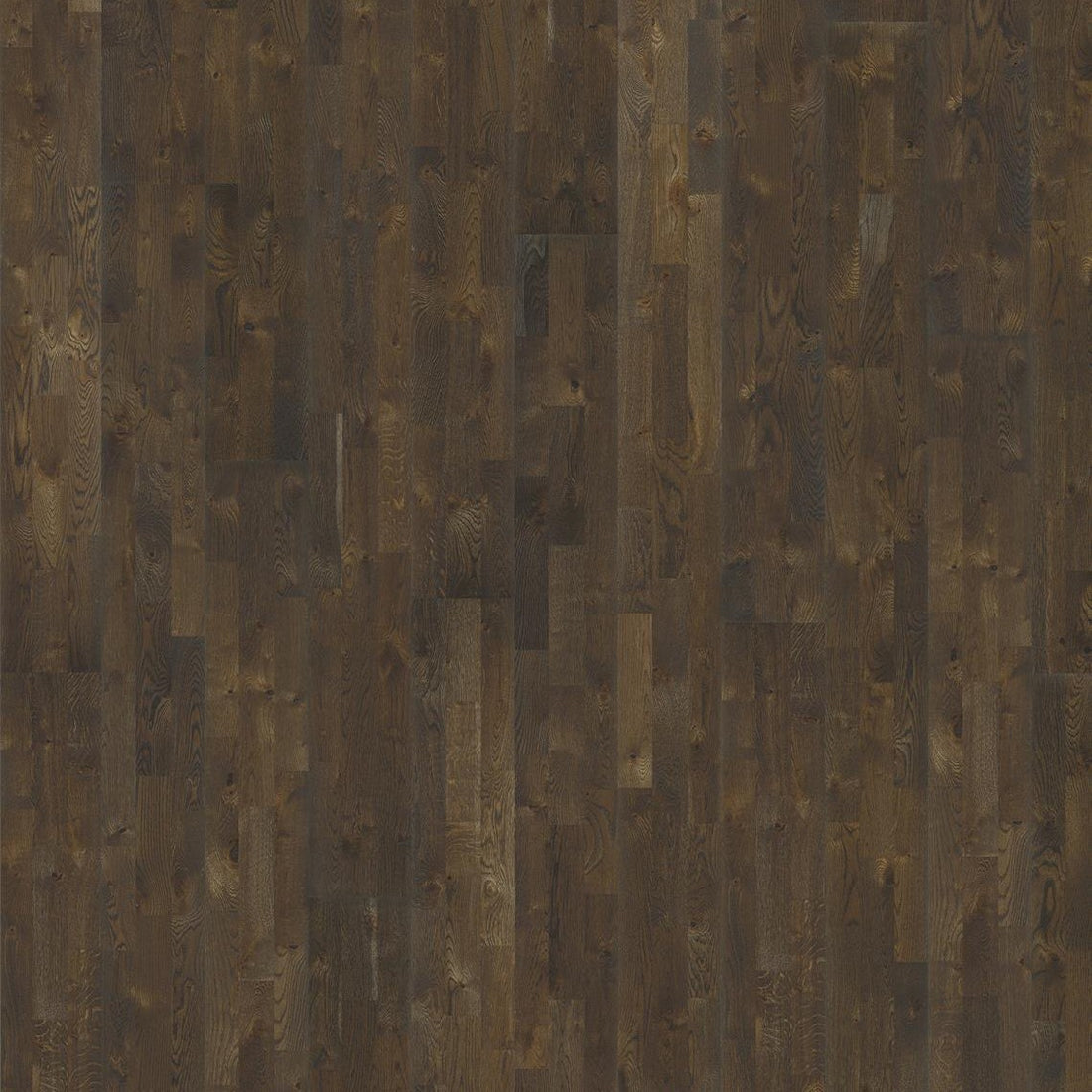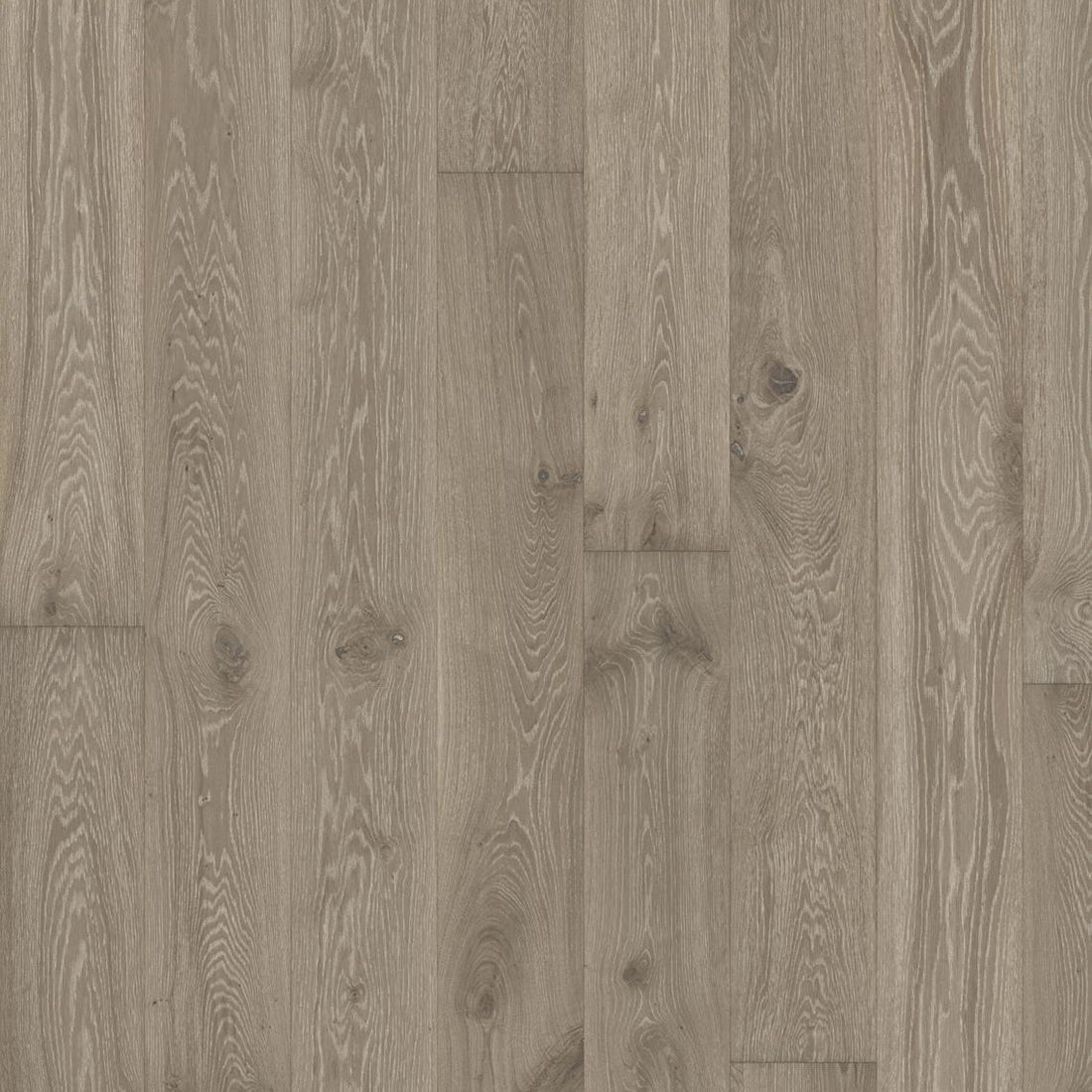Blog
Underlay for Wood Flooring Buyers Guide
Underlay for Wood Flooring Buyers Guide
Underlay is a layer of material that sits underneath your wooden flooring. It helps to absorb sound, reduce impact and improve the overall performance of your wood flooring.
Wooden floor underlay comes in two main types: foam and rubber. Foam underlay is generally used for laminate floors, while rubber underlays are more commonly used with solid timber or engineered wood flooring.
Do I need underlay with my wooden floor?
Although underlay isn’t always needed it is recommended to improve the performance and longevity of your wooden floor.
Underlay is typically recommended in installations where:
Using underlay with your wooden floor has a wide range of benefits:
Overall, underlay is an important part of any wooden flooring installation. It not only ensures a level and stable base for the flooring material but also provides additional benefits such as noise reduction, thermal insulation, and protection against moisture damage.
What thickness of underlay do I need?
The thickness of underlay required will depend on various factors, including the type of flooring material being used, the floor you’re laying the wooden flooring on, and the installation requirements. Generally, underlay thickness ranges from 2mm to 6mm, with thicker underlay providing better insulation and soundproofing.
For laminate and engineered wood flooring, a thickness of 3mm to 5mm is usually recommended. Thinner underlay can be used with these materials if the subfloor is relatively even and smooth. However, if the subfloor has imperfections or unevenness, thicker underlay may be required to provide a level and stable base for the flooring material.
For solid wood flooring, a thickness of 3mm to 6mm is typically recommended. Solid wood flooring is more prone to movement and expansion due to changes in temperature and humidity, so a thicker underlay can help to prevent these issues.
Ultimately, the thickness of underlay required will depend on the specific requirements of the installation and brand of the product. When purchasing your wooden floor check the manufacturer guidelines in regards to underlay thickness.
Can you use underlay with underfloor heating?
Yes, it is possible to use underfloor heating with underlay. However, it is important to choose an underlay that is suitable for use with underfloor heating systems. Not all types of underlay are compatible with underfloor heating, so it's important to check your chosen underlay suitable for use with underfloor heating.
When choosing an underlay for use with underfloor heating, it is important to select an underlay with a low tog rating. Tog rating refers to the underlay's ability to insulate heat. Underlays with high tog ratings can act as a barrier to heat, reducing the effectiveness of the underfloor heating system. A tog rating of 1.0 or less is generally recommended for use with underfloor heating.
It is important to ensure that the underlay is thin enough to allow heat to pass through it. Thicker underlays can act as a barrier to heat, reducing the efficiency of the underfloor heating system. A thickness of 3mm or less is generally recommended for use with underfloor heating.
Overall, it is possible to use underlay with underfloor heating, but it is important to choose a suitable underlay. One Stop Flooring can help you choose the right underlay for your needs.
Is underlay good for soundproofing?
If you’re installing wooden floors above the ground floor you may be concerned about the noise levels for downstairs neighbours. Underlay can help reduce the foot noise that can be heard downstairs as it acts as a sound barrier.
The most effective underlays for soundproofing are made from rubber and cork, or an underlay with specialist sound absorption properties. It should have a Noise Reduction Coefficient (NRC) rating of at least 0.4, meaning it absorbs at least 40% of footfall noise.
One recommended underlay perfect for soundproofing, is the Basix UL13 Ultra Gold Acoustic Underlay
Wooden floor underlay comes in two main types: foam and rubber. Foam underlay is generally used for laminate floors, while rubber underlays are more commonly used with solid timber or engineered wood flooring.
Do I need underlay with my wooden floor?
Although underlay isn’t always needed it is recommended to improve the performance and longevity of your wooden floor.
Underlay is typically recommended in installations where:
- The subfloor is concrete
- There are damp issues
- Your flooring is above the ground floor
- The subfloor is uneven
Using underlay with your wooden floor has a wide range of benefits:
- Underlay provides a stable and level base for the flooring to be laid on. This makes it easier to install, and ensures the flooring remains flat and performs over time as the underlay presents any sagging or unevenness.
- Shock absorption - Especially useful in high traffic areas, underlay can act as a shock absorber, reducing the impact of foot traffic, preventing cracking or splitting.
- Noise barrier, reduce the sound of footsteps and other noises, this can be especially useful if the floor is above the ground floor. If sound absorption is a specific issue you are looking to combat with underlay there are specific soundproofing underlays available.
- Insulation - underlay can provide a thermal barrier, insulating the floor against heat loss, keeping the room warmer and energy costs down.
- Moisture - underlay can protect your floor from moisture and damp issues. This is important in rooms prone to moisture such as bathrooms and kitchens and areas where you may have had issues with damp previously.
Overall, underlay is an important part of any wooden flooring installation. It not only ensures a level and stable base for the flooring material but also provides additional benefits such as noise reduction, thermal insulation, and protection against moisture damage.
What thickness of underlay do I need?
The thickness of underlay required will depend on various factors, including the type of flooring material being used, the floor you’re laying the wooden flooring on, and the installation requirements. Generally, underlay thickness ranges from 2mm to 6mm, with thicker underlay providing better insulation and soundproofing.
For laminate and engineered wood flooring, a thickness of 3mm to 5mm is usually recommended. Thinner underlay can be used with these materials if the subfloor is relatively even and smooth. However, if the subfloor has imperfections or unevenness, thicker underlay may be required to provide a level and stable base for the flooring material.
For solid wood flooring, a thickness of 3mm to 6mm is typically recommended. Solid wood flooring is more prone to movement and expansion due to changes in temperature and humidity, so a thicker underlay can help to prevent these issues.
Ultimately, the thickness of underlay required will depend on the specific requirements of the installation and brand of the product. When purchasing your wooden floor check the manufacturer guidelines in regards to underlay thickness.
Can you use underlay with underfloor heating?
Yes, it is possible to use underfloor heating with underlay. However, it is important to choose an underlay that is suitable for use with underfloor heating systems. Not all types of underlay are compatible with underfloor heating, so it's important to check your chosen underlay suitable for use with underfloor heating.
When choosing an underlay for use with underfloor heating, it is important to select an underlay with a low tog rating. Tog rating refers to the underlay's ability to insulate heat. Underlays with high tog ratings can act as a barrier to heat, reducing the effectiveness of the underfloor heating system. A tog rating of 1.0 or less is generally recommended for use with underfloor heating.
It is important to ensure that the underlay is thin enough to allow heat to pass through it. Thicker underlays can act as a barrier to heat, reducing the efficiency of the underfloor heating system. A thickness of 3mm or less is generally recommended for use with underfloor heating.
Overall, it is possible to use underlay with underfloor heating, but it is important to choose a suitable underlay. One Stop Flooring can help you choose the right underlay for your needs.
Is underlay good for soundproofing?
If you’re installing wooden floors above the ground floor you may be concerned about the noise levels for downstairs neighbours. Underlay can help reduce the foot noise that can be heard downstairs as it acts as a sound barrier.
The most effective underlays for soundproofing are made from rubber and cork, or an underlay with specialist sound absorption properties. It should have a Noise Reduction Coefficient (NRC) rating of at least 0.4, meaning it absorbs at least 40% of footfall noise.
One recommended underlay perfect for soundproofing, is the Basix UL13 Ultra Gold Acoustic Underlay
By admin


